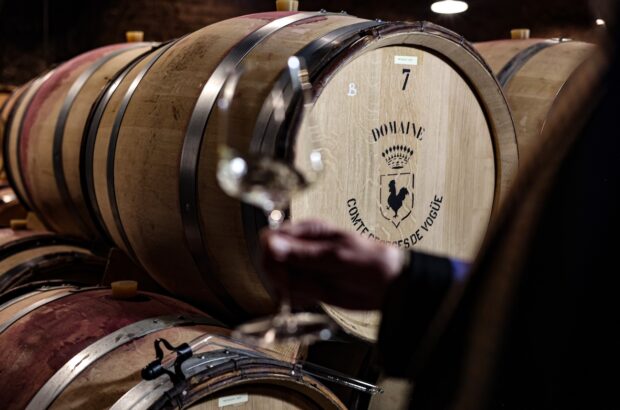Austria has created a three-tier quality pyramid for its emergent sparkling wine sector to improve its reputation and help consumers to better understand the category.
The new system (pictured above) underlines the growing importance of sparkling wine to Austrian producers.
It was launched this month by the Austrian Sparkling Wine Committee and the Austrian Wine Marketing Board, but is not expected to be officially incorporated into the Austrian Wine Law until spring 2015.
‘There has been growing interest in our sparkling wines, especially after the success achieved with Austria’s quality still wines,’ Benedikt Zacherl, general manager of the 18-month-old Austrian Sparkling Wine Committee, told Decanter.com.
‘Production and exports of our sparkling wines are expected to rise. So the new quality pyramid will help give consumers a clear orientation of the wines and their quality levels.’
Austria produces around 12m bottles of sparkling wine annually and exports up to 2.5m bottles.
The three tiers:
Level One: Guarantees that all grapes and base wines are from Austria and that production takes place in Austria. Maturation on the lees must last at least nine months.
Level Two: Requires that wines undergo the methode traditionnelle process – secondary fermentation in the bottle. The origin of the grapes and base wines must be from one generic wine growing region, such as Lower Austria. Wines must be matured on the lees for at least 18 months.
Level Three: Requires the grapes and the wines, fermented according to methode traditionnelle, to be from a specific community, such as Poysdorf or Langenlois. Wines must be released at least three years after harvest and with no less than 30 months of maturation on the lees.
Related News:
- Krug wanted ‘total submission’, says Austrian producer
- Austria set for small 2013 harvest after extreme weather
Written by Darrel Joseph







